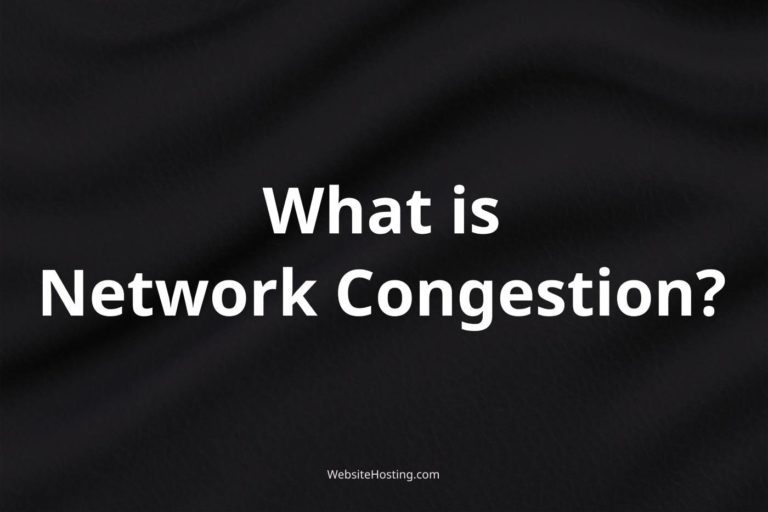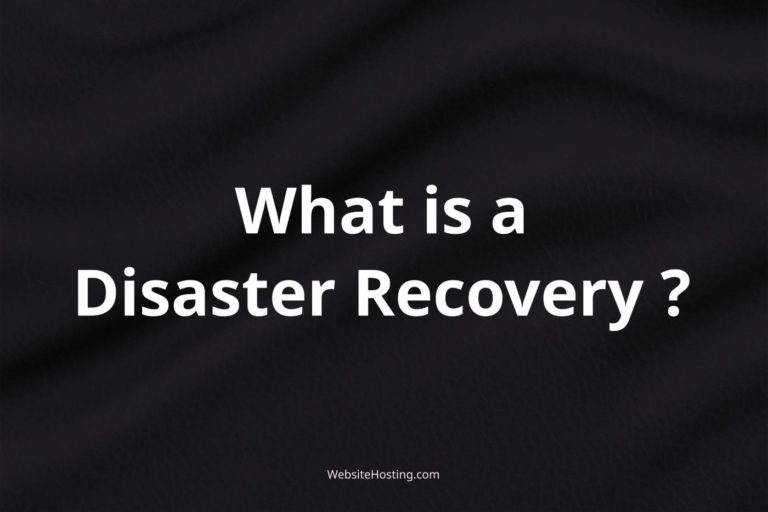As a website owner, you want your site to be available to users at all times. Unfortunately, downtime can occur due to hardware failures, software issues, and other unforeseen events. High availability (HA) is a strategy for minimizing downtime and ensuring that your website remains accessible even in the face of such events.
HA involves using redundant components and failover mechanisms to create a system that can continue operating even if one or more components fail. For example, a web server may have a backup server that can take over if the primary server goes down. Load balancing can also be used to distribute traffic across multiple servers, ensuring that no single server becomes overloaded.
To achieve High Availability, web hosting providers may use various technologies such as clustering, virtualization, and data replication. Clustering involves linking multiple servers together to provide a common set of services or applications. Virtualization involves creating virtual versions of computing environments, while data replication involves copying data or software to multiple servers or devices to improve performance and reliability.
Investing in High Availability can be beneficial for website owners who want to ensure their site remains available to users at all times. While there may be additional costs involved in implementing an HA strategy, the benefits in terms of increased uptime and reliability can be significant.
Related terms:
- Redundancy: The practice of having extra components or systems that can take over the function of failed components or systems, in order to ensure continuity of service.
- Load Balancing: Distributing incoming network traffic across multiple servers to prevent any one server from becoming overloaded and to improve overall system performance and reliability.
- Cluster: A group of interconnected servers or computing devices that work together to provide a common set of services or applications.
- Virtualization: Creating a virtual version of a computing environment, such as a server or network, in order to improve efficiency, scalability, and flexibility.
- Data Replication: Copying data or software to multiple servers or devices to improve performance, reliability, and data availability.
- Failover: The process of switching from a failed component or system to a backup or redundant component or system to ensure continuity of service.
- Uptime: The amount of time that a website or system is available and operational.
- Disaster Recovery: The process of restoring a system or network to its original state following a catastrophic event, such as a natural disaster, cyber attack, or hardware failure.
- Scalability: The ability of a system to handle increased workload or traffic without a significant decrease in performance.
- SLA (Service Level Agreement): A contract between a service provider and a customer that defines the level of service that will be provided, including uptime guarantees and response times.
Notable brands:
- Amazon Web Services (AWS)
- Microsoft Azure
- Google Cloud Platform
- DigitalOcean
- Linode
Questions and Answers:
-
What is high availability and why is it important?
High availability is a strategy for minimizing downtime and ensuring that a website remains accessible even in the face of hardware failures, software issues, and other unforeseen events. It is important because it helps to ensure that your website remains available to users at all times, which can be crucial for businesses that rely on their website for sales or customer engagement.
-
How is high availability achieved?
High availability is achieved through the use of redundant components and failover mechanisms, such as backup servers, load balancing, clustering, and data replication. These technologies ensure that a system can continue operating even if one or more components fail.
-
What are the benefits of investing in high availability?
Investing in high availability can lead to increased uptime and reliability, which can be crucial for businesses that rely on their website for sales or customer engagement. High availability can also help to improve the user experience by ensuring that the site remains accessible even in the face of unexpected events.
-
How much does high availability cost?
The cost of high availability can vary depending on the web hosting provider and the specific setup. Some providers may offer high availability as part of their service, while others may charge extra for it. Additionally, setting up redundant servers or networks can be more expensive than using a single server or network. It’s important to weigh the costs against the benefits of high availability to determine if it is a worthwhile investment for your website.
-
Can high availability prevent all downtime?
While high availability can minimize downtime, it cannot prevent all downtime, especially in cases where there are widespread network or infrastructure failures. However, having a high availability strategy in place can help to minimize the impact of downtime and ensure that your website remains accessible to users as much as possible.




